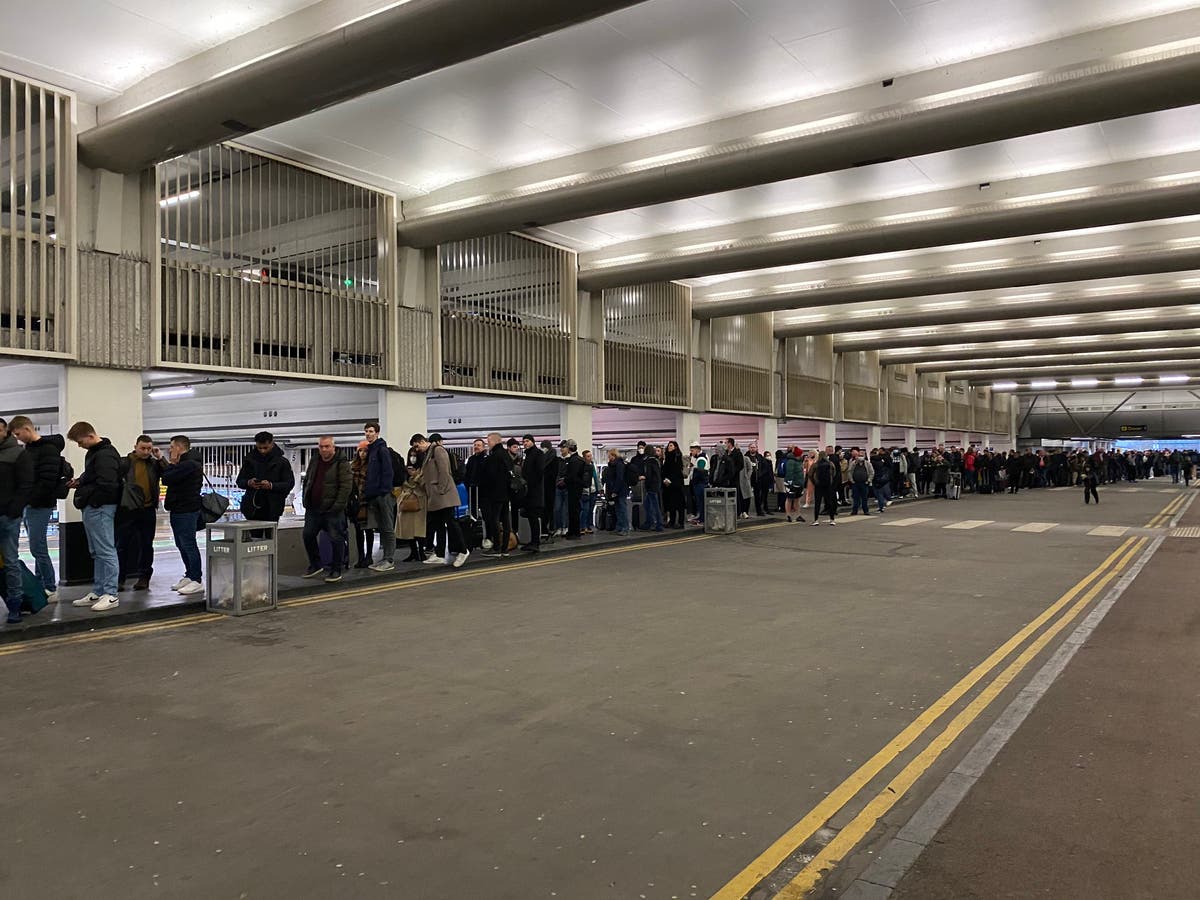A look at S’pore’s COE policy and how it affects ride-hailing sector, firms with vehicle fleets
COEs are at record prices, and many are upset. Vehicles are becoming more than just a luxury item, and more of a business asset.

Disclaimer: Opinions expressed below belong solely to the author.
The prices of Certificate of Entitlement (COE) have been a sore spot for Singaporeans recently. After all, COE price records have been broken twice in a matter of months.
With COE prices on the rise, a car is increasingly becoming an unattainable dream.
This has, expectedly, caused some dissatisfaction among Singaporeans. Some have suggested that private-hire companies are driving prices up due to aggressive bidding, though several companies have denied doing so.
Nevertheless, the public’s concern is not completely unfounded. Of the nearly one million cars in Singapore, more than 600,000 are private and rental cars, including those used by private ride-hailing services.
Needless to say, the COE system, being more than 30 years old, was not designed for a time when private-hire cars would make up a significant proportion of cars on the road.
All this raises the question: is it now time to reconsider if the COE policy should be revamped?
What is the point of the COE system?
To begin, it will be good to understand what the COEs are designed to do.
Introduced in 1990, the Vehicle Quota System was intended to control Singapore’s vehicle population and avoid congestion in Singapore. Under this system, anyone hoping to own a car would have to bid for a COE.
Upon successfully obtaining a COE, one could then purchase a car and own it for 10 years. When the 10-year timeframe is up, vehicle owners must either extend the certificate, or deregister the vehicle.
The COEs are available for different vehicle types — for example, Category D is for motorcycles, while Category C is for commercial vehicles.
 COE prices in July 2022 / Image Credit: Motorist.sg
COE prices in July 2022 / Image Credit: Motorist.sgThe amount that COEs cost is therefore subject to market forces — the supply is determined by how many vehicles are deregistered, as well as how much the vehicle population is allowed to grow; while the demand is determined by how many companies and individuals would like to register new vehicles.
The policy is supposed to send the message that having a car is not a need, but a privilege that is available only to those who can afford to pay a premium for driving.
So far, the policy seems to be successful in controlling congestion in Singapore. Singapore ranks 41st on the Traffic Congestion Index, and even rush-hour traffic does not result in citywide gridlocks under normal circumstances.
Our public transport system is also considerably well-developed — trains are clean and often timely, and there are buses to almost anywhere in Singapore.
However, that is not to say that the system is without flaws. After all, rising COE prices are not exactly an ideal situation for many who need their own vehicles (think families with children, pet owners, and the likes).
More importantly, the rise of private-hire vehicle drivers has led to a group that needs their own car — not just for personal use, but more importantly, for work.
Cars are no longer a luxury item; they are a means of production
The rise of the ride-hailing industry has meant that not only the gig economy is on the rise. It also means that for many of the workers who rely on deliveries and private-ride hires for their income, their vehicles are a means of production.
These groups are not the only ones that rely on vehicles to survive. Businesses such as logistics companies like Ninja Van and Lalamove, as well as car rental companies that have large vehicle fleets, also rely on their vehicles to continue operating.
While these companies may not be bidding and raising prices, their gig workers are certainly involved in the bidding — after all, they do need a way to continue making a living.
 Image Credit: Rest of World
Image Credit: Rest of WorldIn this sense, cars for them are not really a luxury item. Instead, they have become a means for them to make a living and support themselves and their families.
These delivery riders and drivers, however, are bidding for the same limited supply of certificates as those that the COE policy is actually targeting: individual consumers who want a car for personal purposes.
This is something that the Singapore government has not yet accounted for — a time when vehicles are a means of production on a wide-scale. As such, the current COE system, and Singapore’s methods of controlling the vehicle population, require some serious changes to account for the rise of this new group.
Since this is now the case, the COE system has several issues that it has to deal with; if not now, then some time in the future when they inevitably become too significant to ignore.
Firstly, vehicles are becoming a necessity for an increasing number in Singapore — and these individuals and businesses often cannot afford to forego bidding for COEs, as astronomical as prices get.
Secondly, vehicles being used as a means to generate profit are becoming more commonplace, meaning that those who need vehicles for personal use bidding for the same certificates as those who may be willing to spend more for what is effectively additional capital for a business venture.
Finally, there is an issue of where private-hire drivers and riders fall within this categorisation. While they are using their vehicles as a means to survive, they may also be using the very same vehicles for personal matters.
Time to scrap COE?
With all these issues, is it perhaps time to scrap the Vehicle Quota System, and with it, the requirement for vehicle owners to obtain a COE before purchasing vehicles? Well, not quite.
The system still works to control Singapore’s vehicle population, but certain changes are in order before the system can function for everyone’s benefit.
At the end of the day, the vehicles still use the same roads, and without a hard limit to the number of vehicles on the road, there might be significant difficulties in controlling the vehicle population.
Primarily, only similar entities should be bidding against each other. What this means is that companies that rely on vehicle fleets should be bidding amongst themselves, rather than against ordinary citizens.
After all, companies that rely on vehicles to make profit are fundamentally different entities from private individuals who use vehicles for personal reasons, as well as from riders and drivers who use vehicles for mixed purposes.
These companies have large reserves of cash to draw down on, and companies that do well are able to better afford vehicles, which means greater capital and profit in the long run.
If the current system continues, private individuals who may not have similar fortunes to draw upon may find themselves squeezed out of the market entirely, since they are unable to offer the same bids for COEs, and especially since the vehicles they would obtain would not be used as a means to further profit.
 Image Credit: Kham via Reuters
Image Credit: Kham via ReutersWhile private-hire drivers and delivery riders may be able to hold on from the profits of using their vehicle for work, in the long run, they may also find themselves suffering the same fate as companies bid for more and more vehicles to expand businesses.
One possible solution to this would be to increase the number of categories of COEs. Currently, there are categories for less powerful vehicles, motorcycles, and commercial vehicles — meaning lorries, vans, and the like.
A separate category for mixed use vehicles, as well as for-profit vehicles may be necessary to ensure that companies exhaust the number of COEs available for the industry before bidding in the open category. This can reduce the amount of spillover into the private car market.
At the same time, because there are still related markets, prices will not be completely independent, which means that the government still has a lever to pull on if the vehicle population grows at an unacceptable rate.
Another issue for consideration is that companies like Grab can play a bigger role than just providing a platform for matching riders and customers — there will inevitably be some drivers and riders who are unable to purchase their own vehicles.
Platforms like Grab will then need to provide these riders and drivers with vehicles in order for them to begin working, and this can prove to be a valuable area for platforms and government agencies to collaborate on.
For one, these platforms might be given special privileges with regards to vehicle acquisition, with the understanding that they do need to use the vehicles as part of everyday operations.
This may reduce the need for drivers and riders to bid for COEs before they begin working for the platform, as they can enter long-term leasing agreements with the company, with an option to eventually become an owner-operator. The COE system will therefore remain functional and serve the purpose of limiting Singapore’s vehicle population without necessarily making it any more confusing.
Either way, COE prices will be driven down, and more likely than not kept down to a reasonable price if platforms such as Grab are offered alternative methods of acquiring vehicles for business purposes.
The multitude of complaints that have been aired recently about high COE prices are not unfounded, and something should be done. Regardless, let us not throw the baby out with the bathwater.
Singapore remains a land-scarce country, and we can ill-afford excessive amounts of space dedicated to vehicles, be it roads, car parks, or other amenities.
The Vehicle Quota System has proved an effective way of dealing with Singapore’s vehicle population, and it can still remain functional, though it can be improved upon. Given that there is a rising class of delivery riders and private hire drivers, it is an appropriate time to consider concrete solutions to age-old problems, before they become too severe to deal with.
Featured Image Credit: GetGo

 JimMin
JimMin 































